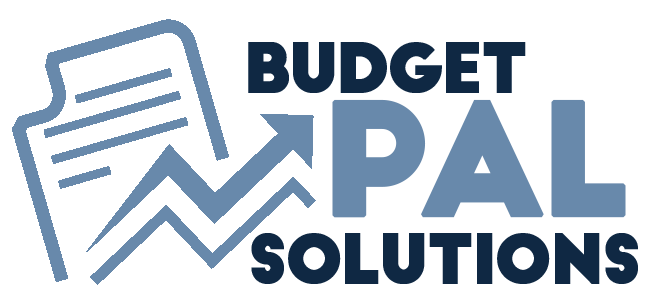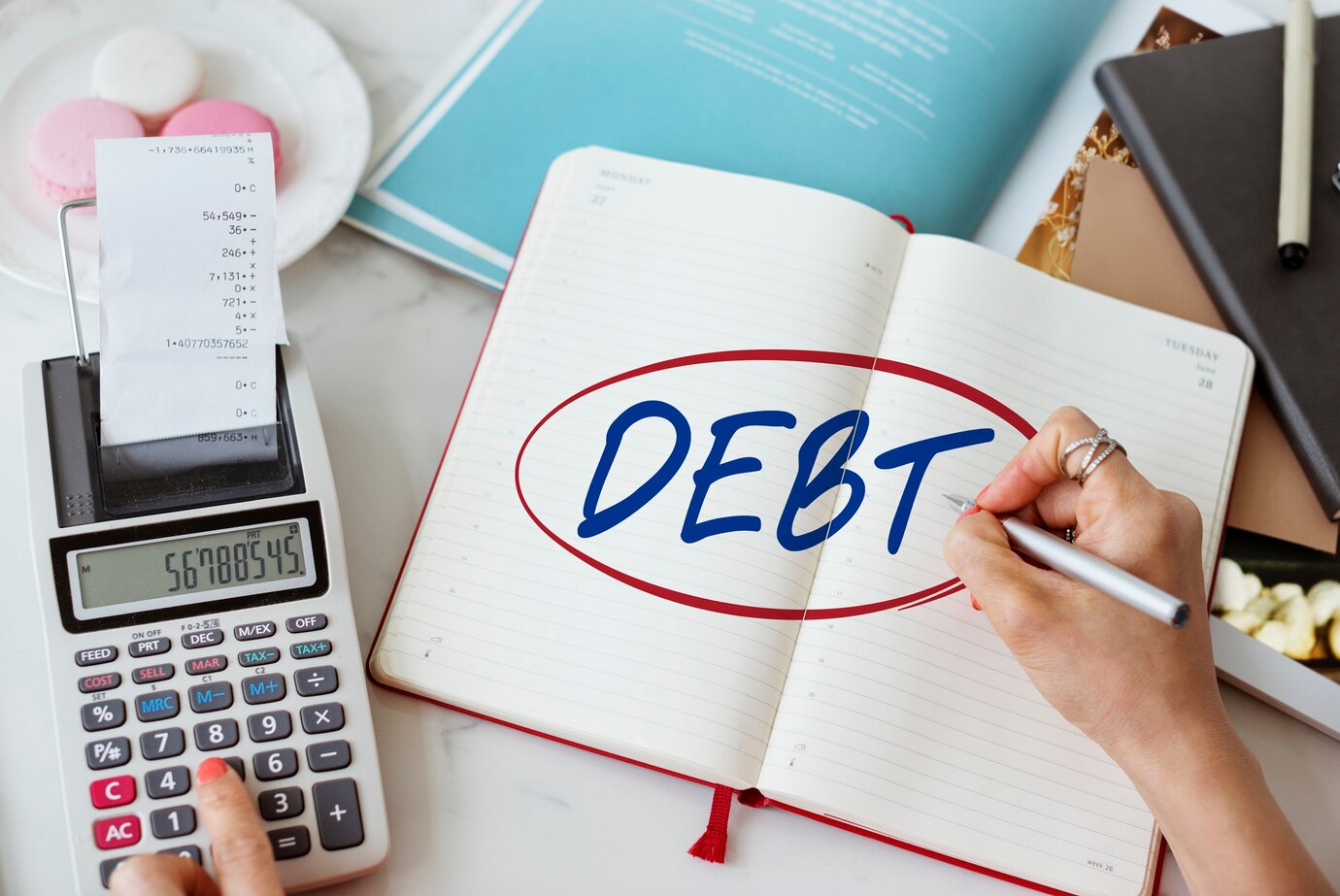Are you ready to take control of your finances and become debt-free? Creating a solid debt repayment plan is the first step towards financial freedom.
Take charge of your financial journey with Budget Pal Solutions and receive more tips and tricks to build a brighter future!
Debt can be a significant source of financial stress, but creating a debt repayment plan can help you regain control of your finances and work towards a debt-free future. In this blog post, we’ll discuss how to create an effective debt repayment plan and provide tips for sticking to it, so you can achieve your financial goals and enjoy peace of mind.
Assess Your Debt:
The first step in creating a debt repayment plan is to assess your current debt situation. Gather all your debt statements and make a list of each debt, including the outstanding balance, interest rate, and minimum monthly payment. This will give you a clear picture of your total debt load and help you prioritize which debts to focus on first.
Set Clear Goals:
Once you have a complete list of your debts, it’s time to set clear and achievable goals for paying them off. Determine how much you can realistically afford to pay towards your debts each month and set a target date for becoming debt-free. Having specific goals will keep you motivated and focused on your debt repayment journey.
Choose a Repayment Strategy:
There are several debt repayment strategies to choose from, including the debt snowball method and the debt avalanche method. The debt snowball method involves paying off debts from smallest to largest balance, while the debt avalanche method prioritizes debts with the highest interest rates first. Choose the strategy that aligns best with your financial goals and preferences.
Create a Budget:
To effectively repay your debts, you’ll need to create a budget that outlines your income, expenses, and debt repayment goals. Identify areas where you can cut back on spending and allocate more money towards debt repayment. Be realistic and flexible with your budget, and make adjustments as needed to ensure you stay on track.
Increase Your Income:
Consider ways to increase your income to accelerate your debt repayment efforts. This could involve taking on a part-time job, freelancing, selling unused items, or finding creative ways to generate additional income streams. Every extra dollar you earn can be put towards paying off your debts faster.
Track Your Progress:
Regularly monitor your progress towards your debt repayment goals to stay motivated and accountable. Keep track of your debt balances, payments made, and remaining balances. Celebrate small victories along the way, such as paying off a credit card or reaching a milestone in your repayment plan.
Stay Committed:
Sticking to your debt repayment plan requires discipline and determination. Avoid taking on new debt, resist the temptation to overspend, and stay focused on your long-term financial goals. Remind yourself of the benefits of becoming debt-free, such as financial freedom and reduced stress.
Seek Support:
Don’t be afraid to seek support from friends, family, or financial professionals if you’re struggling to stick to your debt repayment plan. Surround yourself with people who encourage and support your financial goals, and don’t hesitate to ask for help when you need it.

